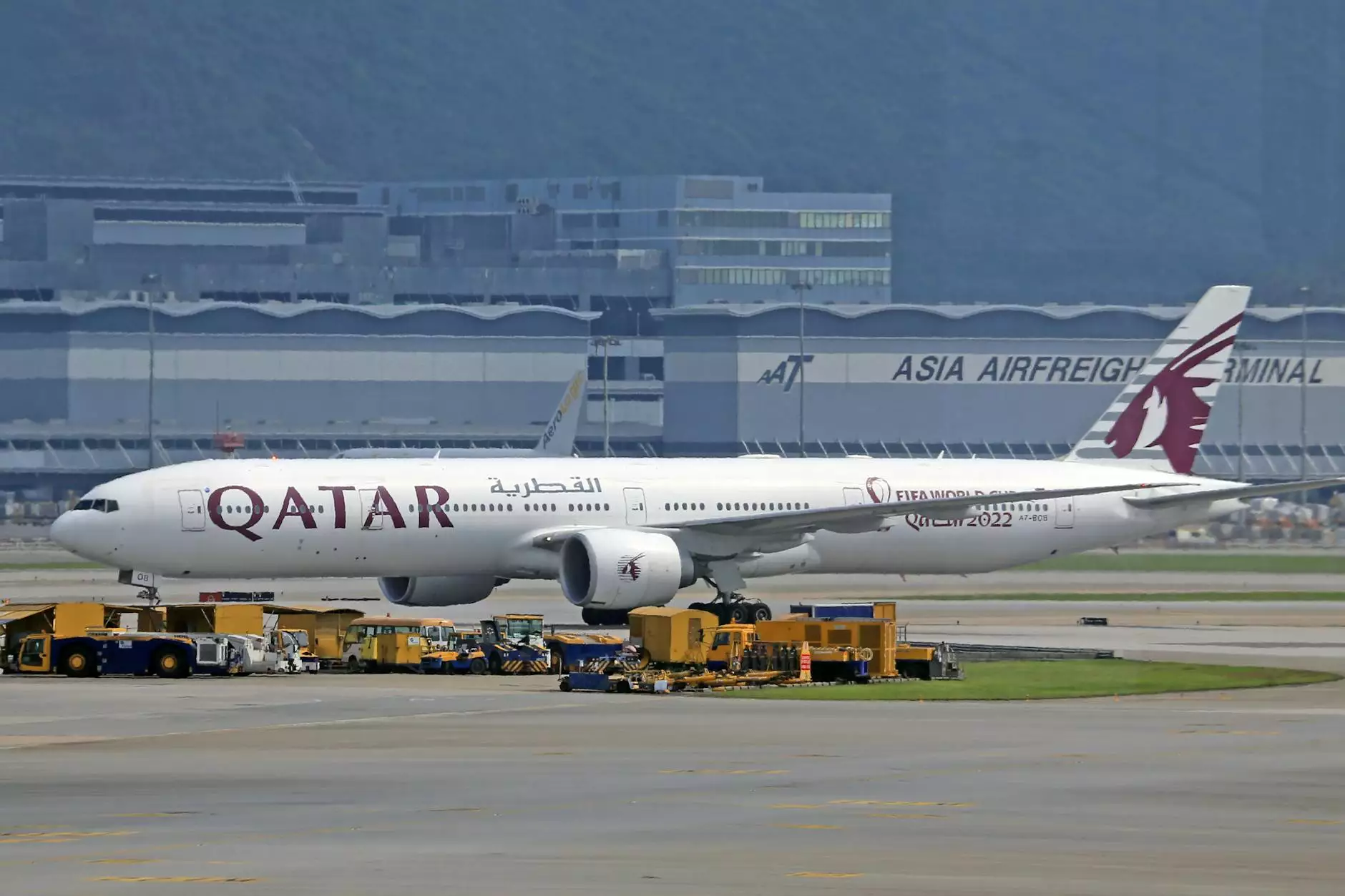Understanding Air Freight Cargo Rates: A Comprehensive Guide

In today's globalized economy, the demand for swift and reliable transportation of goods has skyrocketed. Among various shipping options, air freight stands out due to its speed and reliability, making it a preferred choice for many businesses. This article will delve into the intricacies of air freight cargo rates, helping you understand what influences these rates, the advantages of air freight, and tips for optimizing your shipping costs.
What is Air Freight?
Air freight involves the shipment of goods via an air carrier. It is often used for transporting high-value, low-volume, or time-sensitive shipments. Companies across various sectors utilize air freight to ensure their products reach customers quickly, especially in industries like electronics, pharmaceuticals, and perishable goods.
Factors Influencing Air Freight Cargo Rates
Understanding air freight cargo rates necessitates a closer look at the variety of factors that influence pricing. Below are some of the most critical elements that contribute to the overall cost of air freight:
1. Weight and Volume of Shipment
The weight and volume of the cargo are the primary determinants of air freight costs. Carriers often charge based on either the actual weight or the dimensional weight (volumetric weight). To calculate dimensional weight, use the formula:
Dimensional Weight (in pounds) = (Length x Width x Height) / 166
2. Distance
The distance the cargo needs to travel significantly impacts rates. Longer distances generally incur higher costs due to added fuel and operational expenses. Each route may have different rates based on frequency and demand.
3. Type of Goods
Different goods carry varying levels of risk and handling requirements. For instance, hazardous materials or perishables may incur additional fees due to specialized handling techniques, ensuring the safety and compliance of shipments.
4. Flight Availability
The availability of direct flights and cargo spaces can affect rates. When flights are scarce or demand is high, rates may increase due to limited capacity.
5. Fuel Prices
Fuel costs directly influence air freight cargo rates. Fluctuations in global oil prices can lead to adjustments in shipping costs, as carriers may levy fuel surcharges to maintain profitability.
6. Seasonal Demand
During peak seasons, such as the holiday season, demand for air freight tends to soar. Higher demand often results in increased rates due to limited space and heightened competition among shippers.
7. Additional Services
Value-added services such as cargo insurance, expedited shipping, and specialized packaging can contribute to the overall costs of air freight. Choosing these services may be beneficial, but it's important to assess their necessity based on your specific logistics needs.
Benefits of Choosing Air Freight
While air freight cargo rates may be higher compared to other transportation methods, the advantages make it a compelling option for many companies. Here are several key benefits:
1. Speed
Air freight is the fastest mode of transportation, allowing businesses to deliver products in days rather than weeks. This is critical for businesses that rely on timely deliveries to meet customer demands.
2. Reliability
Airlines have strict schedules, and shipments are less likely to be delayed compared to land or sea transport. This reliability is essential for businesses that operate on tight timelines.
3. Reduced Inventory Costs
Because air freight delivers goods quickly, companies can reduce their inventory holding costs. Frequent shipments allow businesses to maintain lean inventories while still meeting customer needs.
4. Global Reach
Air freight enables companies to connect with international markets easily. This global reach facilitates international trade and allows businesses to expand their operations beyond borders.
5. Enhanced Security
Air cargo transport is generally more secure than other forms of shipping. With advanced tracking and monitoring technologies, companies can keep tabs on their shipments and ensure a safe journey.
How to Choose the Right Air Freight Service
Choosing the right air freight service is crucial for optimizing logistics and managing costs effectively. Here are some considerations:
1. Assess Your Shipping Needs
Evaluate the type of products you are shipping, their urgency, and destination. This assessment will help you choose the appropriate service level—standard vs. expedited shipping.
2. Compare Rates from Multiple Carriers
Do not settle for the first price you receive. Air freight cargo rates can vary significantly between carriers, so it's wise to request quotes from multiple sources to ensure competitive pricing.
3. Check Carrier's Reputation
Research potential carriers' reputations, customer feedback, and service history. Reliable carriers are less likely to encounter delays or mishandle your shipment.
4. Inquire About Tracking and Support
Modern air freight services should offer real-time tracking capabilities and responsive customer support. Ensure that you can easily monitor your shipment's status and communicate with the carrier if necessary.
5. Understand the Terms and Conditions
Before committing to a carrier, make sure to thoroughly read and understand the terms and conditions of their service. Pay attention to cancellation policies, insurance options, and liability clauses.
The Role of Technology in Air Freight
With advancements in technology, the air freight industry has experienced considerable improvements. Here are a few key technological innovations:
1. Automated Tracking
Most air freight companies use advanced tracking systems that provide real-time updates. These tools enhance transparency and allow businesses to plan accordingly.
2. Data Analytics
Data analytics helps companies optimize their shipping strategies by analyzing factors like shipping times and routes. This can lead to cost reductions and increased efficiency.
3. Online Booking Systems
Online platforms such as cargobooking.aero simplify the booking process, offering instant quotations and enabling users to secure air freight easily at competitive rates.
Conclusion
Understanding and navigating air freight cargo rates can significantly impact your business's operations and bottom line. By familiarizing yourself with the various factors influencing these rates and the benefits of air freight, you can make informed decisions that enhance your logistics strategy. Utilize technology and research to select the best carriers, and always stay abreast of industry trends to ensure optimal performance. When done correctly, air freight offers a powerful solution to meet your shipping needs efficiently and effectively.
air freight cargo rates








